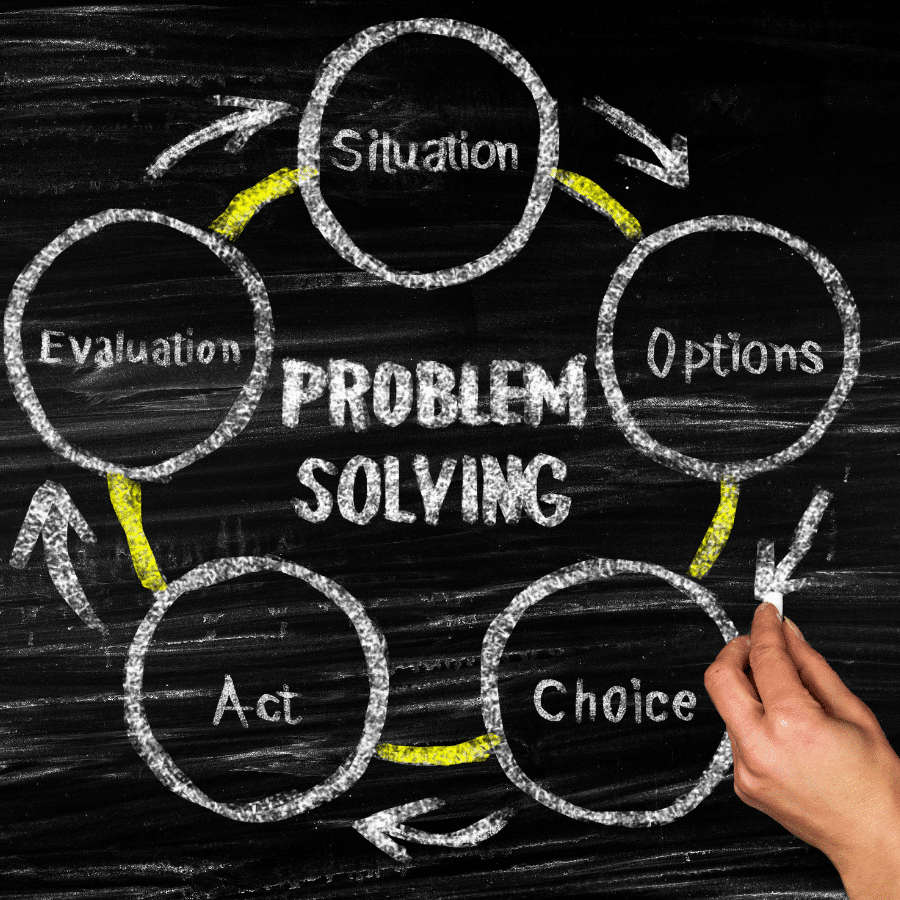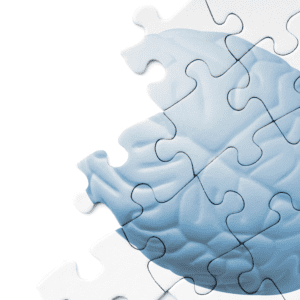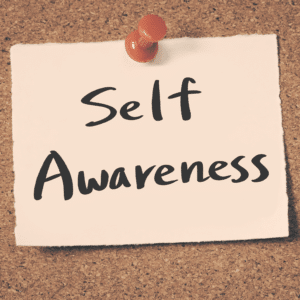Introducción
Problem-solving skills are an important part of critical thinking, and they have many applications in the real world. Being able to evaluate situations and generate solutions is crucial for success in almost any profession. In this post, I’ll share some effective study techniques for improving problem-solving skills so that you can use them in your own life.
Comprender el problema
- Comprender el problema
- Recognize that you can’t solve a problem if you don’t understand it. Understanding the problem helps you to focus your efforts, identify the right tools to use and resources to use.
Descomponer el problema
This is a great way to break down a problem into smaller parts and then tackle them one at a time. In this method, you take your question or problem and divide it into smaller parts that can be analyzed individually. These sub-problems will help you determine which parts of the original problem are more important than others, as well as identify any variables or parameters involved in solving for those sub-problems. Once you’ve done this, try using visual tools like flow charts to help visualize how each part fits into the whole process of solving for an answer.
Identify Variables and Parameters
The first step in problem-solving is to identify all of the variables and parameters in your situation. Variables are things that can change, while parameters are things that do not change. For example, if you want to figure out how many chairs you need for an event with 100 people coming, then “number of people” would be considered a variable because it changes depending on who shows up at the last minute and how many get stuck in traffic on their way there (or whatever). On the other hand, “number of chairs” would be considered a parameter because it won’t change no matter what happens with those other factors–you’ll always have enough seats for everyone regardless!
A good way of remembering these definitions is by thinking about variables as being related to quantity or number while parameters relate more closely with quality or type
Use a Visualization Tool
Visualization is a powerful tool for problem-solving. It can help you to understand the problem better, get a clearer picture of it, and identify variables and parameters.
For example: Let’s say that we have a problem with our car not starting in cold weather due to bad battery connections. We may have been able to solve this by simply checking all connections (which we did), but if we hadn’t thought about visualization as part of our problem-solving process, we would never have realized that there was an additional problem with corrosion on the cables themselves–this was causing poor contact between them when they were connected together under load from cranking or starting up the engine without having driven anywhere first.*
Break Down the Problem into Smaller Parts
- Identify the problem and the parts of the problem:
- Break down a problem into smaller parts by identifying what it is you’re trying to solve. For example, if your math homework is about adding fractions with unlike denominators, start by breaking down that task into simpler steps like “add” and “fractions.”
- Focus on one part at a time: When working on an assignment or problem set, don’t try to tackle everything at once–it will only lead to frustration and confusion. Instead, focus solely on solving one small part of your larger assignment until you’re able to do so successfully before moving on! If there are still other problems left unsolved after this step (which there likely will be), then repeat steps 1-3 again until all parts have been successfully completed
Brainstorm Solutions (Generate Ideas)
When brainstorming solutions, think about how you can solve the problem. Don’t worry about whether your ideas are good or bad, original or not. The goal is simply to generate as many solutions as possible, so don’t hold back!
Once you’ve come up with a list of solutions and have chosen one that seems feasible based on your knowledge of the situation at hand (or if there isn’t one), write down what needs doing in order for this solution to work. For example: “I need four people who are able-bodied enough to carry heavy objects.” Or: “We need more food storage containers.”
Evaluate Your Results
After you have completed the problem-solving process, it is time to evaluate your results. Evaluating your results involves determining whether or not your solution and approach were effective in solving the problem. If they were not effective, then it may be necessary for you to go back through the steps again until you come up with a better solution or approach.
If at all possible, try solving another similar problem by using this new method so that you can see how well it works for different types of problems. If this new method does not work well enough for certain types of problems, then maybe there are some factors within those particular situations that make them more difficult than others; however, if we take these issues into consideration when developing our solutions (or approaches), then we should be able to come up with something more useful overall!
There are many effective study techniques for improving problem-solving skills.
There are many effective study techniques for improving problem-solving skills.
Problem solving is an important skill to have in any field, but it’s especially crucial when you’re looking for work or starting your own business. As a job seeker, you’ll need to be able to solve problems on the fly and think on your feet during interviews–if you can’t do those things, then chances are good that your application will go straight into the trash bin before it even gets read by anyone at all!
Conclusión
We hope you found this article helpful in your quest to improve your problem solving skills. As always, we encourage you to experiment with different techniques until one clicks with you and helps make learning easier. Good luck!









